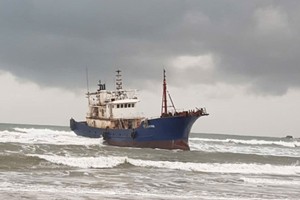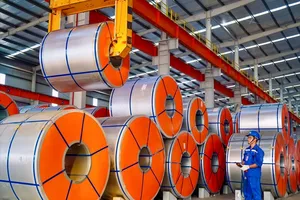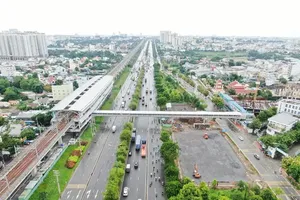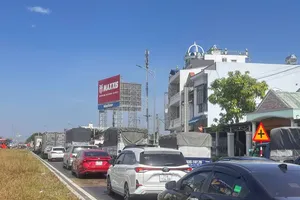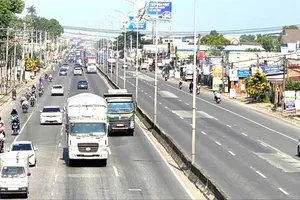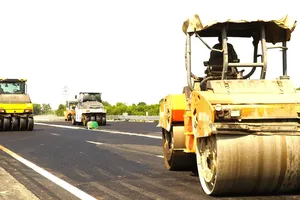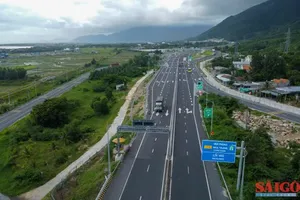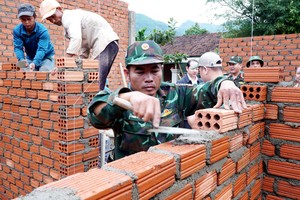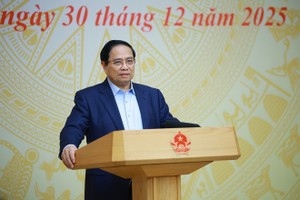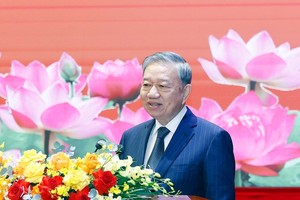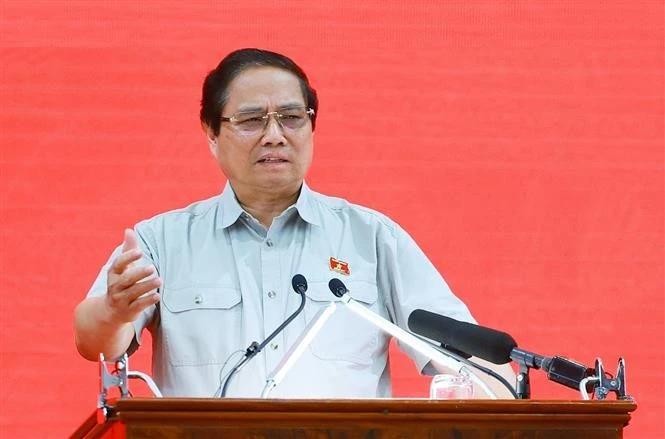
Unlocking all modes of transport, including road, air, maritime, inland waterway, and rail, is key to lifting the Mekong Delta out of poverty and propelling its growth, Prime Minister Pham Minh Chinh has said.
Addressing a conference in Can Tho city on April 21 to review the progress of major transport infrastructure projects in the south, PM Chinh underlined that each generation must contribute to achieving this overarching goal.
According to the road network plan for 2021–2030 with a vision to 2050, the region will have 1,256km of roads, comprising three vertical and three horizontal expressways.
Currently, 121km of vertical expressways have been completed, including Ben Luc – Trung Luong – My Thuan (91km), My Thuan – Can Tho (23km) and My Thuan 2 Bridge (7km). From 2021 to 2025, ten additional expressway projects totalling 432km are being implemented. A further 703km are planned for the coming time, including the 90km Ca Mau – Dat Mui route.
With strong Government oversight and local cooperation, issues such as land clearance and the supply of construction materials have been largely resolved, allowing smoother implementation.
Key projects include Can Tho – Ca Mau (110km), which is scheduled to complete by 2025; Chau Doc – Can Tho – Soc Trang (191km), expected to finish in July 2026; and Cao Lanh – An Huu, to be completed by 2027. Meanwhile, the My An – Cao Lanh project's construction will begin June 2025, the Cao Lanh – Lo Te and Lo Te – Rach Soi projects have their construction deadlines in 2025, and the Ho Chi Minh Road (Rach Soi – Ben Nhat, Go Quao – Vinh Thuan) and Rach Mieu 2 Bridge are all scheduled for completion this year.
In aviation, the region currently has four airports: Can Tho, Ca Mau, Rach Gia and Phu Quoc. A high-speed rail line connecting Ho Chi Minh City and Can Tho (174km) is planned for investment before 2030, with a future extension to Ca Mau under review.
The maritime network includes 12 seaports across all delta localities, while a comprehensive system of inland waterways and logistics corridors is being developed.
PM Chinh affirmed that in special circumstances, with extraordinary efforts and methods, exceptional results have been achieved, surpassing initial targets.
He outlined three key requirements for all infrastructure projects: completion on time or ahead of schedule, high quality, and no cost overruns, adding there must be zero corruption and strict adherence to environmental standards.
The PM instructed the Ministry of Construction to issue guidance next week on adopting advanced technologies to accelerate construction.
With building materials now largely secured, he called on relevant ministries to expedite the reallocation of sand and the transfer of mining rights between projects to ensure resource efficiency. The Ministry of Finance was tasked with guaranteeing sufficient funding.
Drawing inspiration from the Great Spring 1975 Victory, the PM called for “faster, bolder and greater” action in transport infrastructure development, stating that each year must be better than the last, and each term must surpass the one before. He stressed a long-term vision that prioritises national interests above all.
By the end of the current term, the region is expected to have 600km of expressways, with a goal of at least 1,300km by 2030 - 100km more than initially planned.
Plans are also in motion to expand Phu Quoc, Ca Mau and Rach Gia airports, with local governments responsible for land clearance. Key seaports under development include Cai Cui, Tran De and Hon Khoai.
The Government leader also underscored the need for comprehensive and inclusive development, underpinned by transparency and accountability, with clear responsibilities, clear timelines, and clear outcomes.
He reiterated the principles of ensuring the benefits of the State, the people and enterprises, and say no to corruption and wastefulness of public assets and resources.
Beyond transport, the Government plans initiatives to combat land subsidence, erosion, and salinity, and to enhance health care, education and human resources development, he stated.
